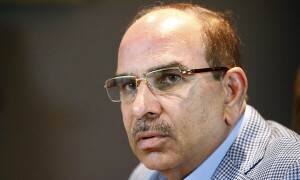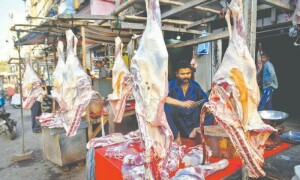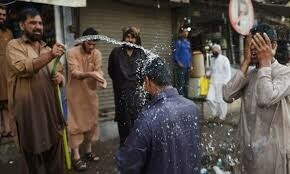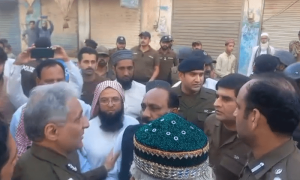THE Dec 16, 2014 attack on the Army Public School and College on Warsak Road put the entire nation into a state of unprecedented grief. The trauma of this attack is not limited to the surviving students and teachers, and the parents of the victims, though their ordeal is by far the toughest. Suffering as well are the students enrolled in about 20 other schools, including two religious seminaries, located on Warsak Road. All together, thousands of children study in these schools.
One of them is 14-year-old Zeeshan Ali, a student of grade eight at Saint Mary’s High School, Peshawar, located near the APS. “I was playing with my friends in the school lawn during the break when we heard blasts and gunshots,” Ali told Dawn. “We ran back to our classrooms where our teacher told us that militants had entered the Army Public School. I am scared to return to school after our winter vacation ends on Jan 12. I hear the sound of gunfire in my dreams and see images with black and long beards coming towards me.”
Also read: Militant commander who facilitated Peshawar school attack killed in Khyber
Students, teachers and parents are reeling from shock and are concerned about security. Most of the schools located on Warsak Road are private and don’t even have proper boundary walls, let alone security apparatus such as walk-through security gates, and metal detectors. Compounding the problem, most schools have just one exit while the route leading to the schools often gets choked with traffic during school hours.
Twelve-year-old Aishma Khan studies at Peshawar Public School and College, a semi-government institution run by Khyber Pakhtunkhwa’s education department. She says that her school has only one gate and the security guard doesn’t have a gun, expressing fear of it being targeted like the APS. “At closing time, there is a rush of students at the gate. There should be more exits,” she says.
Take a look: 'I saw death so close': student recalls Peshawar school carnage
Haji Rustam Shah Afridi, whose children study on Warsak Road, is thinking of moving them to Islamabad to live with his cousin. He says that his daughter, a grade six student at Frontier Model School, is too scared to go to school. “She screams in her sleep and clings to her mother when she wakes up. I don’t believe the school administration can ensure the safety of children in the given situation.”
Moreover, a large number of students from outside Peshawar live in private, makeshift hostels on Warsak Road that have no proper security arrangements.
Arsalan, a young teacher at a private school on Warsak Road who lives in one of these hostels, is thinking of quitting his job. He says that the school administration doesn’t provide security or a safe place to live. “Why should I risk my life?” he asks. “Two of my colleagues have already decided not to return to Peshawar.”
There are others, though, who claim to be unafraid. Fifteen-year-old Sufiyan Khan from Swat wants his school to reopen quickly. “I am not scared of these ignorant people who blow up schools and kill innocent children,” he says. “We should resist militancy. I hope the army defeats them as they did in Swat.”
Mian Iftikhar Hussain, a psychiatrist in Peshawar, observes that there can be two reasons for such shows of resilience. One could be a state of denial, a refusal to believe that such a thing could happen to them or loved ones; the other is exposure to violence. “Both can be dangerous at later stages as the sufferers can develop anxiety and phobia,” he says, warning that they should be treated in initial stages.
“I have received patients refusing going to school because they identify school as an unpleasant place,” says Dr Hussain. “I have sent letters to the Khyber Pakhtunkhwa education and health departments, recommending counselling for the affected people, whether students, teachers or parents, not just of the APS but also of other schools nearby.”
The APS tragedy has made students, parents and teachers, as well as members of civil society, aware of the need for psychological counselling. They have demanded that the government provide not only protection for all educational institutions but also arrange for psychological support to all those affected by the events.
Dr Hussain also feels that the media should avoid showing graphic details of the attack. Instead, the media should also invite experts to explain the situation clearly as lack of knowledge also leads to fears, he points out. And most importantly, the apprehensions of students, teachers and parents regarding preventive security measures should be properly addressed.
Published in Dawn, January 2nd, 2015












































